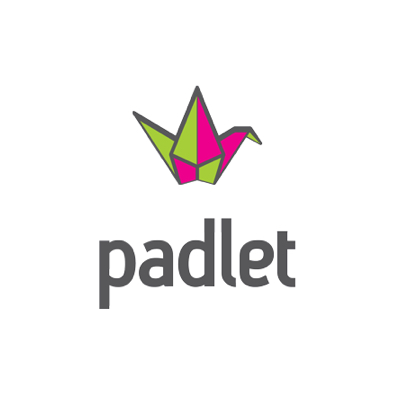Virtual Wonder Walls
Wonder Walls present a wonderful opportunity to capture kids’ questions and engage them in looking for informed answers about the world around them. They are simple, easy to create, manage, and use. Whether you are teaching in-person or remotely, there are plenty of ways to make interesting and useful Wonder Walls for students of all ages.
What is a Wonder Wall?
A Wonder Wall is a place where students can put their curious questions about things they’ve observed. As an educator, this provides you with a space to save questions that you don’t have time to answer in class so you can come back to them later. Students can share their knowledge by responding to each others’ questions or you can use the questions as research project starters.
How can I implement Wonder Walls?
For in-person teaching, Wonder Walls can be placed anywhere in the classroom that students can easily access. They can be made from a whiteboard, corkboard, or anything that allows students to write on or post their questions. Some educators like to give their students post-it-notes or notecards to write their questions on and have them post them at the end of class. They can be any size and have any sort of decoration as long as students are able to effectively use the wall. If you’re making observations outdoors, you can use nature journals to capture questions to be written on the wall when you come back to the classroom.
For remote teaching, apps can be a handy way to make a fun and functional Wonder Wall. Look for apps that allow students to access each other’s comments and questions. Here is a list of some great apps to consider:

Padlet

Padlet is a very easy-to-use software with an aesthetic interface. You can add notes or images to each ‘padlet’ and create separate padlets for each class or topic. They come in a large variety of styles ranging from ‘Wall’ (brick-like layout for the content), ‘Shelf’ (content is stacked into columns), ‘Canvas’ (a flowchart or idea web), and ‘Grid’ (content is arranged by rows of boxes). Although there are more styles available in Padlet, we recommend these styles as the most useful for Wonder Walls. Once created, teachers can customize the background, font, and look. Content can also be filtered and comments can be restricted by the creator of the padlet. From there, a link can be shared with students. Students are not required to make a Padlet account or sign up with their email as long as the link can be shared with them over Gmail or Canvas, but, their names will be listed as anonymous on posts and comments if they do not have an account. Padlet offers a very simple and appealing way to create Wonder Walls. It is important to note that creating more than three padlets will cost around $8 a month. Sign up for Padlet here: https://padlet.com/.
Dotstorm

Another option is Dotstorm, another user-friendly software. It is more practical and simple compared to Padlet. Dotstorm enables users to create a collage or a wall where invited users can add little notes or images. The only account that needs to be created is that of the wall creator. All other users can be invited using a link and once they are at the wall interface they will be asked to enter their name so they can begin posting. Creating a password for Dotstorm walls is recommended for additional security, although this may require students to write it down or have the password listed somewhere in the class resources. Sign up for Dotstorm here: https://dotstorming.com/.
Flipgrid
Flipgrid is a fantastic way to further engage students in Wonder Walls. Instead of having textboxes or notes that students can post, Flipgrid has students post short video clips that other students can then respond to with videos or text. Creating a ‘discussion’ (or the space where students will post their clips) requires the creator to make an account using their email, however, students do not need to sign up for a Flipgrid account in order to use it. Instead, instructors can choose to create a username for each student and add each username to the ‘discussion’. Then, after they share the link, students only need to type in their created username to be allowed access to the ‘discussion’. Flipgrid allows for the creation of multiple ‘discussions’. While the question format is different from the previously mentioned apps, Flipgrid still manages to offer great functinality. Sign up for Flipgrid here: https://info.flipgrid.com/.
***
Once you have found the perfect medium for your Wonder Walls, start thinking about the kinds of questions the students may pose. Encourage them to ask questions about their observations of the world around them. Once students begin to post questions on the Wonder Walls, have them find answers or do small research projects on questions of their choosing. They can then make a small booklet, presentation, or paper to share with the class or with others.
These walls present a great way to encourage students to practice asking questions and be curious about the world around them. It encourages them to be open-minded and helps inspire learning beyond homework and lectures. Wonder Walls are a way to honor students’ curiosity and help them become better observers and learners in the long run.
